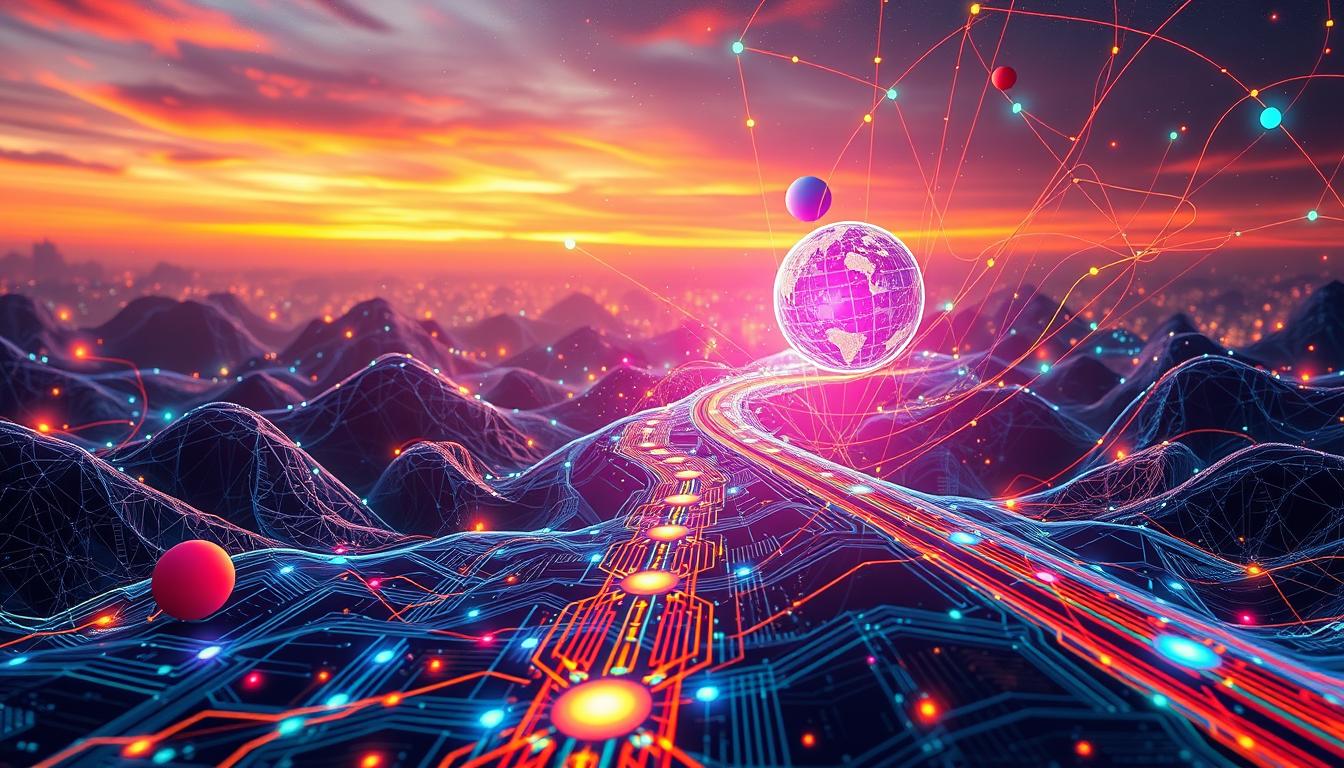In today’s digital world, the question of whether a computer can be truly creative sparks heated debates. As someone deeply engaged in automation and machine learning, I often wonder: Can a computer genuinely create something new and meaningful? Creativity has long been considered a uniquely human trait, but with the rapid advancements in computational systems, this idea is being challenged.
This article explores key empirical criteria that help determine whether a computer program can be considered creative. I will break down these criteria, provide real-world examples, and analyze their implications.
What Defines Creativity in a Computer?
To attribute creativity to a computer program, we need measurable factors. Below are some key criteria:
1. Novelty
- The program must produce something new that hasn’t been seen before.
- This includes unique patterns, compositions, or ideas.
- Example: AI-generated paintings that differ from existing styles.
2. Value and Meaning
- The output must be useful, relevant, or meaningful.
- It should resonate with humans emotionally or intellectually.
- Example: A machine-written poem that evokes emotion.
3. Intentionality
- The system must demonstrate some form of goal-directed behavior.
- This means it isn’t just random but has a structured approach.
- Example: AI music composers adjusting tones based on audience feedback.
4. Self-Improvement
- Can the program refine its output over time?
- Learning from past experiences is crucial.
- Example: Chatbots improving their responses through reinforcement learning.
5. Surprise Factor
- Does the system generate unexpected yet compelling results?
- Creativity often comes from breaking norms in an interesting way.
- Example: AI discovering new drug compounds through unconventional methods.
Examples of Creative Computer Programs
To understand these criteria in action, let’s look at some real-world examples.
AIVA (AI Virtual Artist)
AIVA is a deep-learning system that composes music. It has been trained on classical pieces and generates original compositions. While its music is structured, it often surprises listeners with fresh melodies, demonstrating novelty and value.
DeepDream by Google
This program enhances and modifies images, creating surreal, dreamlike visuals. It exemplifies surprise factor and self-improvement, as it refines its artistic processes over time.
GPT-Based Writers
These programs generate compelling narratives and articles. While they follow patterns, their ability to craft engaging stories aligns with intentionality and value.
| Program Name | Primary Output | Creativity Criteria Met |
|---|---|---|
| AIVA | Music Composition | Novelty, Value, Intentionality |
| DeepDream | Image Processing | Surprise, Self-Improvement |
| GPT-Based Writers | Text Generation | Intentionality, Value |
Challenges in Attributing Creativity to Machines
Even with these impressive capabilities, computers face limitations:
- Lack of true emotion: Machines do not feel, which affects the depth of their creativity.
- Dependence on human input: Most AI relies on existing data and training.
- Limited understanding of cultural context: While AI generates content, it may not fully grasp cultural nuances.
Can a Computer Truly Be Creative?
This remains a philosophical debate. Some argue that creativity requires consciousness, which computers lack. Others believe that if a machine produces unique and valuable work, it qualifies as creative—even if its process is different from human cognition.
Albert Einstein once said, “Creativity is intelligence having fun.” If a machine demonstrates intelligent problem-solving in an innovative way, does it count?
Key Takeaways
- Creativity in computers is judged by novelty, value, intentionality, self-improvement, and surprise.
- Real-world AI applications demonstrate creative capabilities in music, art, and writing.
- Challenges remain, such as emotional depth and cultural understanding.
- The debate continues on whether machine-generated works are truly “creative.”
Frequently Asked Questions (FAQ)
Q: Can AI create original art? A: Yes, programs like DeepDream and DALL·E generate unique artwork. However, their work is based on training data, which some argue limits true originality.
Q: Do computers have emotions? A: No, computers do not feel emotions. They simulate human-like responses but lack true consciousness.
Q: Is AI-generated content considered human-like? A: In some cases, yes. AI-written stories and music often mimic human creativity, though they lack personal experience.
Q: What is the future of AI creativity? A: As AI evolves, its creative potential will grow. It may collaborate with humans to push artistic and technological boundaries further.
Conclusion
As someone fascinated by automation and artificial intelligence, I see AI’s creative potential as a game-changer. While AI may not experience creativity the way humans do, it certainly exhibits traits that align with our understanding of the concept. The future will likely involve a mix of human-AI collaboration, leading to groundbreaking innovations in art, music, and literature.
So, is a computer creative? I believe it’s a question worth exploring, as technology continues to challenge our traditional views of creativity. What do you think?
